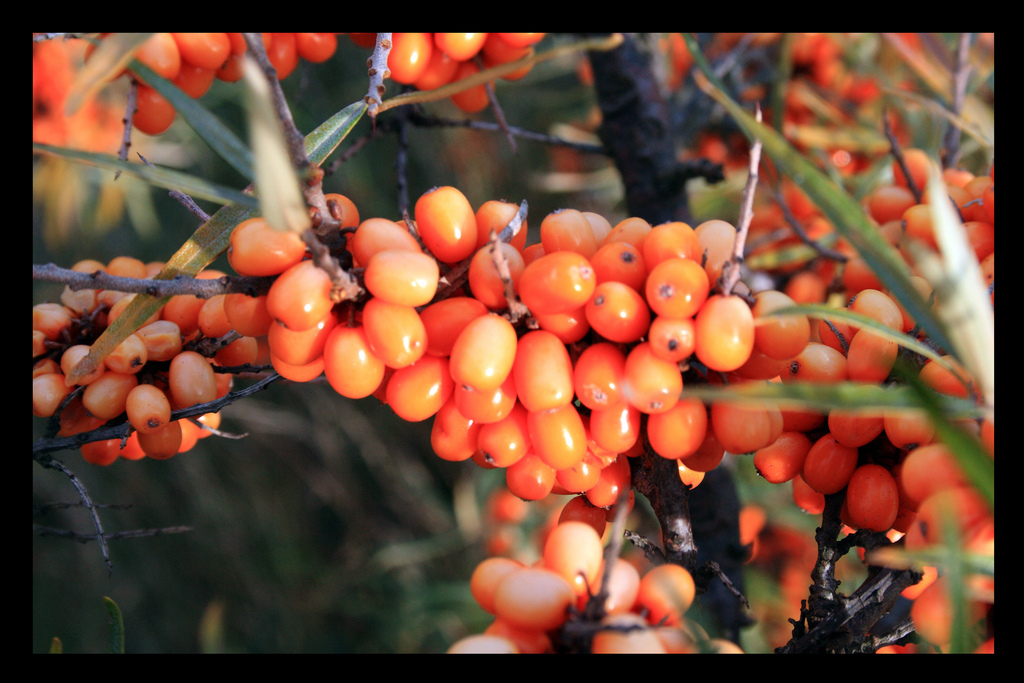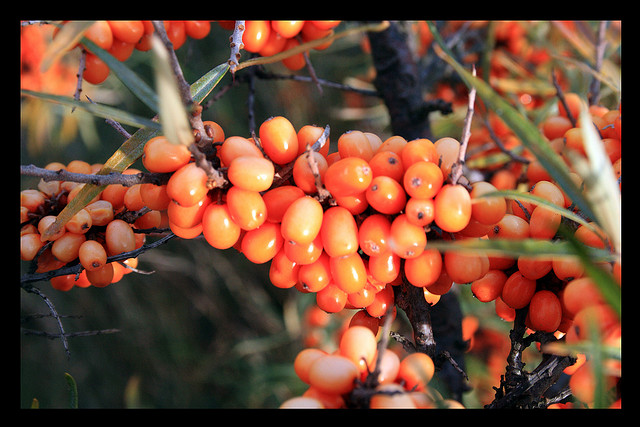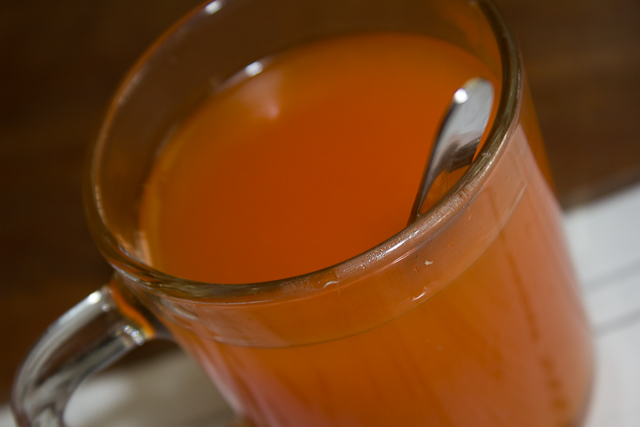Sea Buckthorn Juice: the Ultimate Vitamin C Drink?


One great food find from Everest Base Camp? Sea buckthorn juice.
I knew about this lovely stuff, of course. Sea buckthorn berries are famous for containing more Vitamin C than either cranberries or oranges — 400mg for every 100g of raw berries, although of course harvesting, storage and processing all reduce the quantities you absorb.
But I hadn’t tried it. And, though I knew you could find it in Scandinavia, I had no idea it was to be found in the Sagamartha (Everest) region, where its harvesting and processing supplies employment to some of the poorer families in the area.
But it is. The local name for sea buckthorn is akhrilo, and out here it’s made into jams as well as juice, which, like most things in Asia, can be served hot or cold according to the season. Alongside garlic soup, it makes an excellent cold prevention remedy on the trail.
What does sea buckthorn juice taste like? Well, sea buckthorn makes a thick, glutinous juice, which really does need quite a hit of sugar to make it palatable — it’s a cold-climate fruit, like cranberries or lingonberries, rather than a warm weather one like pineapples or mangos, so the natural sugars aren’t exactly sun-ripened to perfection.
Once that’s added, sea buckthorn juice is delicious. It has a crystal-clear sourness that perks up perfectly with the right amount of sugar (I’d like to try it with honey), but has none of the bitterness that you’ll find in citrus fruits.
The sea buckthorn is known as the Siberian pineapple, and if you can imagine a pineapple with the sweetness removed but the flavour kept in, you wouldn’t be far off. There are hints of sour apple and sour orange alongside a berry freshness and, served hot when you are cold, it’s truly invigorating.
The texture is so rich and fibrous — think pressed pineapple juice, rather than orange juice — that, even before you know it’s high in protein, it really is a meal in a glass.
I’ll be looking out for jams when we next get back in range of them and I’d guess that, like cranberries and sour apple, you could make an excellent sauce for game out of it. The locals also use the leaves in a type of tea.
Thanks to Michael Bertulat for the berry image.
